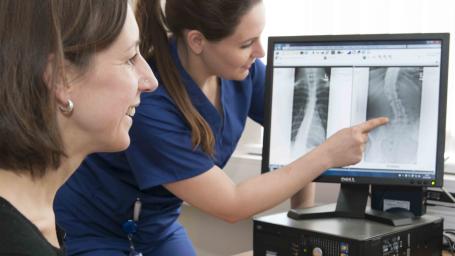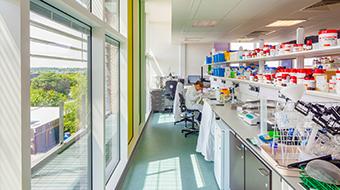Key study findings:
- Majority of patients hospitalised with COVID-19 have not fully recovered after 5 months
- Those who experience more persistent symptoms tend to be middle-aged, white, female, with at least two ‘co-morbidities’, such as diabetes, lung or heart disease
- Cognitive impairment, also referred to as ‘brain fog’, occurs as a predominant symptom in a sub-set of patients who tend to be older and male
- A biological marker associated with inflammation, C-Reactive Protein (CRP), is elevated in all but the most mild of post-hospital cases
The majority of survivors who left hospital following COVID-19 did not fully recover five months after discharge and continued to experience negative impacts on their physical and mental health, as well as ability to work, according to results released by the PHOSP-COVID study today. Furthermore, one in five of the participant population reached the threshold for a new disability.
The UK-wide study, which is led by the National Institute for Health Research (NIHR) Leicester Biomedical Research Centre – a partnership between Leicester’s Hospitals, the University of Leicester and Loughborough University - and jointly funded by the NIHR and UK Research and Innovation, analysed 1077 patients who were discharged from hospital between March and November 2020 following an episode of COVID-19.
Researchers found that each participant had an average of nine persistent symptoms. The ten most common symptoms reported were: muscle pain, fatigue, physical slowing down, impaired sleep quality, joint pain or swelling, limb weakness, breathlessness, pain, short-term memory loss, and slowed thinking.
Patients were also assessed for mental health. The study reports that over 25 per cent of participants had clinically significant symptoms of anxiety and depression and 12 per cent had symptoms of post-traumatic stress disorder (PTSD) at their 5-month follow-up.
Of the 67.5 per cent of participants who were working before COVID, 17.8 per cent were no longer working, and nearly 20 per cent experienced a health-related change in their occupational status.
Professor Chris Brightling, a professor of respiratory medicine at the University of Leicester and the chief investigator for the PHOSP-COVID study, said:
“While the profile of patients being admitted to hospital with COVID-19 is disproportionately male and from an ethnic minority background, our study finds that those who have the most severe prolonged symptoms tend to be white women aged approximately 40 to 60 who have at least two long term health conditions, such as asthma or diabetes.”
The researchers were able to the classify types of recovery into four different groups or ‘clusters’ based on the participants’ mental and physical health impairments.
One cluster group in particular showed impaired cognitive function, or what has colloquially been called ‘brain fog’. Patients in this group tended to be older and male. Cognitive impairment was striking even when taking education levels into account, suggesting a different underlying mechanism compared to other symptoms.
Dr Rachael Evans, an associate professor at the University of Leicester and respiratory consultant at Leicester’s Hospitals, said:
“Our results show a large burden of symptoms, mental and physical health problems and evidence of organ damage five months after discharge with COVID-19. It is also clear that those who required mechanical ventilation and were admitted to intensive care take longer to recover. However, much of the wide variety of persistent problems was not explained by the severity of the acute illness - the latter largely driven by acute lung injury - indicating other, possibly more systemic, underlying mechanisms"
The pre-print, title, which is yet to be peer-reviewed, is now available to view on Med Archives.


